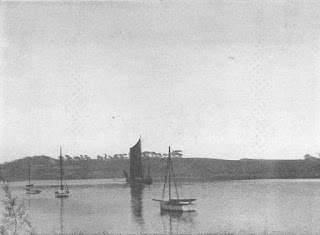Storm History
"The east coast, in particular, suffered at the hands of the violent storms that marked the early decades of the Little Ice Age. During the eleventh and twelfth centuries, Dunwich in Suffolk had been the biggest port along the busy coast of East Anglia and one of England's most important towns. It did not remain so for long. The sandstone cliffs were vulnerable to erosion and already in the early 1200s workers had to keep clearing shingle from the harbour mouth. On New Year's Eve 1287 a savage storm broke off a slice of the town and washed it into the sea. Whole streets of houses - with families in them -were swept away. Forty years later the weather brought a second catastrophe. A storm blew across from the continent on the night of 14 January 1328 and another section of the cliff gave way, crumbling into the sea with the rubble of entire parishes on top of it. Around four hundred houses are thought to have been lost that night." For twenty years the fallen buildings blocked the harbour. Churches were moored where ships were meant to be. Traders went elsewhere and those few who remained lived among ruins. A further storm hit in 1347, as if completing unfinished business. Across England, it had long been customary to ring church bells during a storm, in the belief that they might frighten off evil spirits that rode on the wind. Many bells were inscribed with the words 'FULGURA FRAN GO' ('I break the lightning'). But if something like the apocalypse had come, and the church bells were at the bottom of a crashing sea, little form of protection remained.
***



Comments
Post a Comment